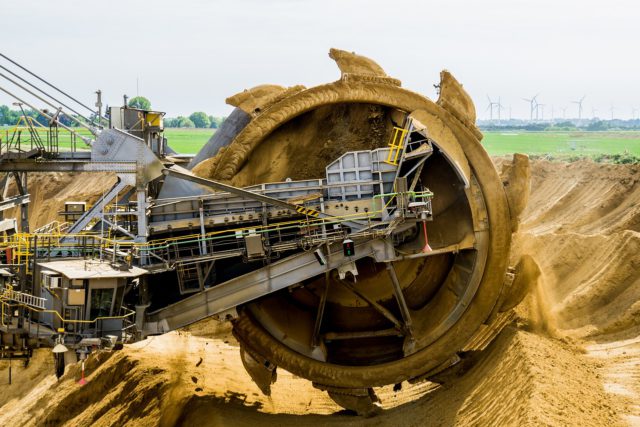Both in the UK and around the world, there are industry sectors that are unquestionably dangerous.
Whether a job in question involves handling toxic chemicals, working with heavy machinery or being exposed to harsh weather conditions, there are all kinds of reasons why it may not be as safe as your typical office-based 9-5. Furthermore, although the UK has an enviable track record when it comes to protecting workers, things can still go wrong.
Below, we have uncovered some of the UK’s most dangerous industries for you to examine.
Agriculture
As Britain’s most dangerous industry, agriculture-related work resulted in three worker fatalities in 2014/15 and a rate of 9.12 fatalities per 100,000 workers. Given the chances of contact with moving machinery, being struck by moving vehicles or even drowning, it is clear that agriculture-related roles – which can range from forestry and inspection to engineering – can be dangerous.
Manufacturing
The manufacturing industry suffered 27 fatal injuries last year, which was 23% higher than the five-year average of 22. Around the country, around 80,000 manufacturing workers suffered from an illness or an injury caused, or made worse, by their industry. This figure is particularly high and showcases the danger of manufacturing. Whatever tools are used, there is a clear risk to individuals if the appropriate protocol or health and safety regulations and guidelines are not followed.
Transportation and logistics
You would be forgiven for thinking that transportation and logistics is the most dangerous industry to work in, perhaps because of the regular horror stories we hear about heavy goods vehicles. But in fact, the industry is only ranked third on our list of the most dangerous industries.
Freight drivers have a perhaps surprisingly low injury rate of 2.6%, and other sectors of the transportation industry have figures even lower. The shipping industry, for example, has seen a wave of innovative shipping solutions such as drones and unmanned aerial vehicles (UAVs) in recent years, which have helped to improve the safety of mariners and offshore workers.
In the freight industry, good quality transportation vehicles, strong legislation, insurance and good driving conditions in the UK have helped to improve safety and in turn, the sector’s mortality rate. Although there remain certain clear dangers – including weather, traffic and other factors – technological advancements have helped to make the transportation and logistics sector a safer industry to be involved in than might have long been the case.
Construction
From the management of dangerous tools and machinery to the need to deal with heavy goods, there are various reasons why construction deserves its title as one of the most dangerous industries. There were 43 fatal injuries to workers in the construction industry in 2015, which is lower than the five-year average of 2.04 per 100,000 workers. This figure is, however, still too high, and shows that more work needs to be done to improve the safety of frontline construction workers.
Whether you work in such industries or are just interested in finding out more about what careers in these sectors can offer, you should be sure to familiarise yourself with and follow all of the correct safety procedures to reduce your risk.
Other sources used: http://www.hse.gov.uk/statistics/industry/manufacturing/manufacturing.pdf

